
Kayla Johnson
Kayla Johnson holds a BA in Art History from the University of Nevada, Reno and is a current Masters student in Global Cultures at the University of Bologna, Italy. She is most interested in the biographies of objects and the ways they reveal the intersection between historical context, economics, politics, and culture.
Articles by Kayla Johnson
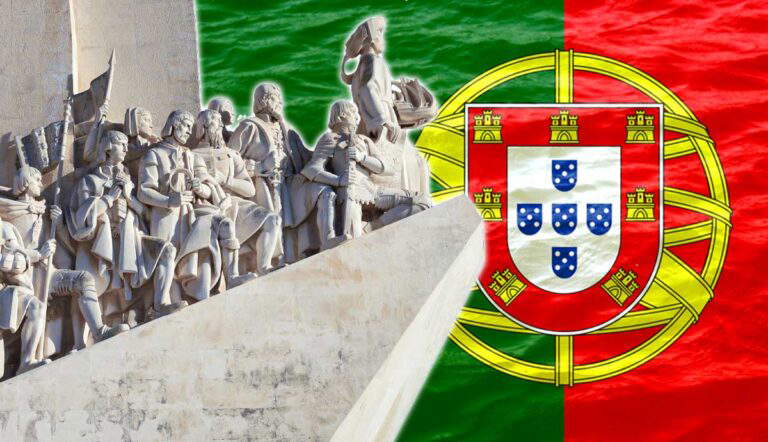 How the Small Christian Kingdom of Portugal Shaped Global Trade
How the Small Christian Kingdom of Portugal Shaped Global TradeHow did Portugal, a small Christian kingdom in the Iberian Peninsula, help reshape global trade?
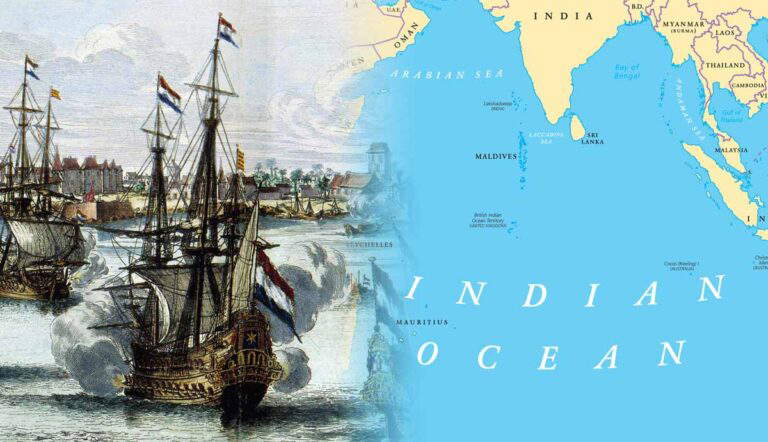 How the Indian Ocean Became the Cradle of Global Trade
How the Indian Ocean Became the Cradle of Global TradeThe Indian Ocean trade was the catalyst for Christopher Columbus’ 1492 voyage to find an alternate route to India, the center of this vast trade network.
The Indian Ocean trade was the catalyst for Christopher Columbus’ 1492 voyage to find an alternate route to India, the center of this vast trade network.
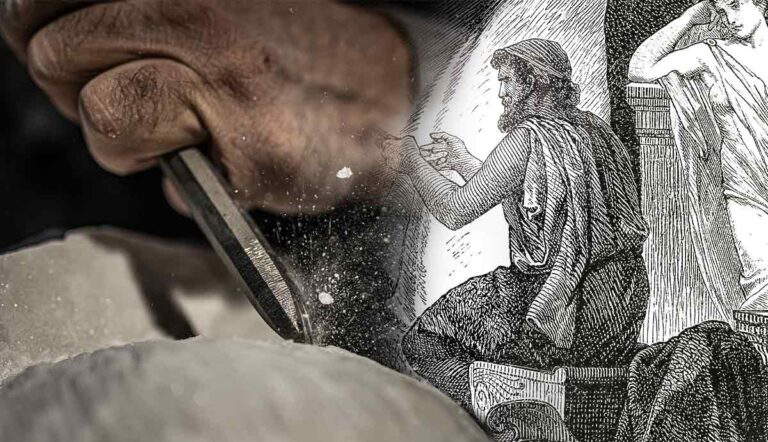 The Art of Classical Marble Sculpting From Greece and Rome to Michelangelo
The Art of Classical Marble Sculpting From Greece and Rome to MichelangeloClassical marble sculpture has stood the test of time as one of the most influential forms of art in the history of Western Europe.
Classical marble sculpture has stood the test of time as one of the most influential forms of art in the history of Western Europe.
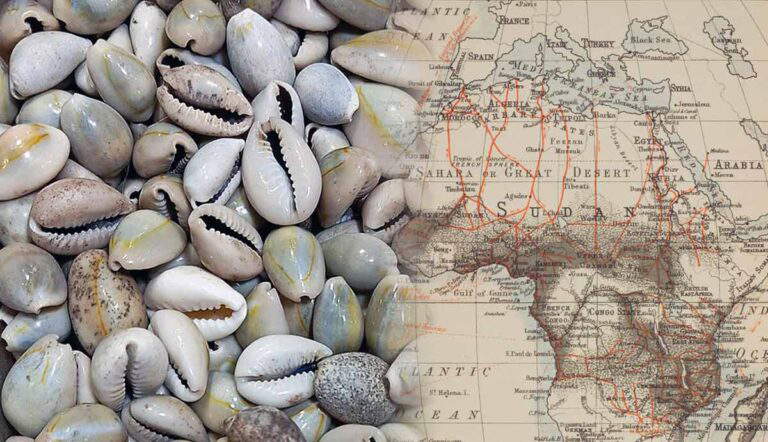 How Underwater Shells Became the First Global Money
How Underwater Shells Became the First Global MoneyHow did underwater shells from the Maldives become an instrumental form of currency in the Transatlantic Slave Trade?
How did underwater shells from the Maldives become an instrumental form of currency in the Transatlantic Slave Trade?
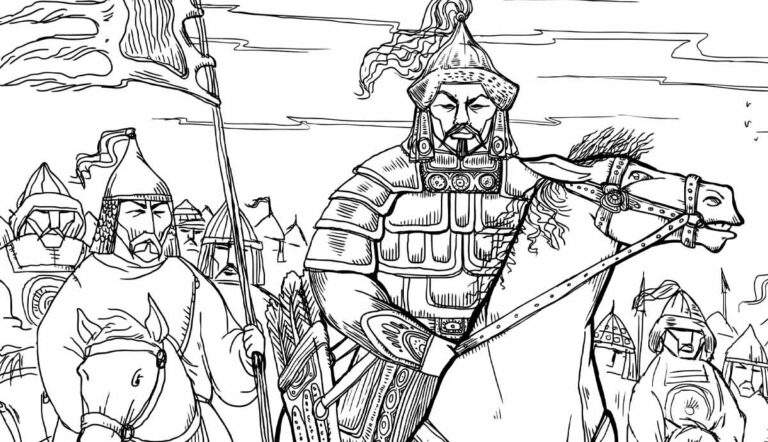 The Innovative Methods That Allowed the Mongols to Create a Vast Empire
The Innovative Methods That Allowed the Mongols to Create a Vast EmpireThe Mongols are known for their brutality when it came to warfare. But just how brutal were they?
The Mongols are known for their brutality when it came to warfare. But just how brutal were they?
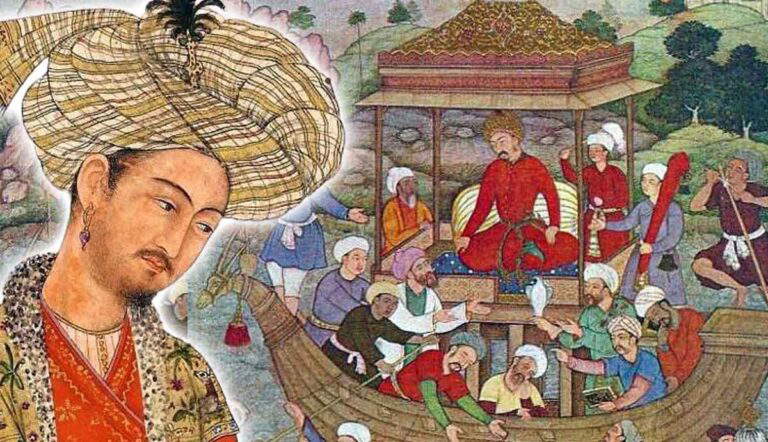 The Most Important Emperors of the Mughal Empire
The Most Important Emperors of the Mughal EmpireThe Mughal Empire, from 1526-1857, was a wealthy, tolerant Muslim empire in India. Emperors like Bābur, Akbar, Jahangir, and Shah Jahan left a legacy of power, art, and cultural contributions.
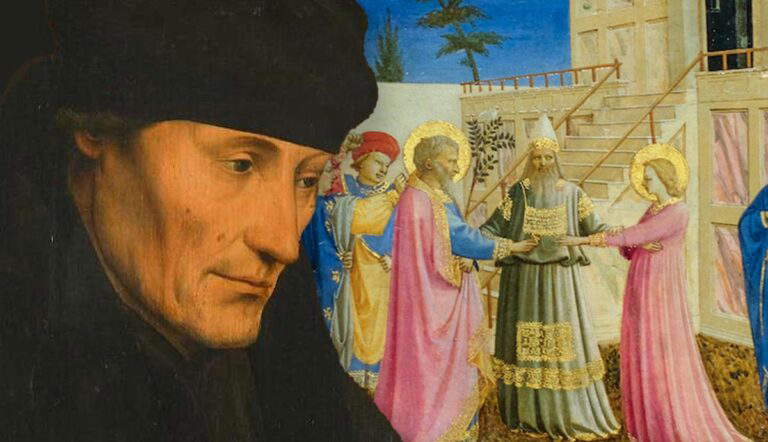 How the Renaissance Sparked a Religious Revolution in Europe
How the Renaissance Sparked a Religious Revolution in EuropeThe Renaissance brought a Western European intellectual shift, emphasizing humanist values like education, individualism, and objectivity, profoundly impacting politics, art, and religion.
The Renaissance brought a Western European intellectual shift, emphasizing humanist values like education, individualism, and objectivity, profoundly impacting politics, art, and religion.
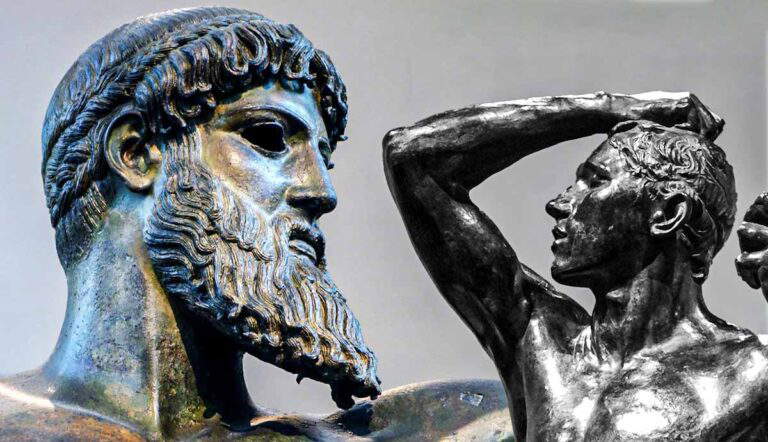 Classical Sculpture Techniques and Their Surprising Influence on Modernism
Classical Sculpture Techniques and Their Surprising Influence on ModernismThe Classical world left a legacy of techniques, forms, and materials that were recycled and reused as inspiration centuries later by artists of the Modern period.
 Understanding the Lost Wax Process: Step-by-Step
Understanding the Lost Wax Process: Step-by-StepThe prevalence of this technology across time and cultures speaks to a larger question about the relationship of people to the environments that surround them, as well as the urge to mold and bend this nature to create objects of significance.
The prevalence of this technology across time and cultures speaks to a larger question about the relationship of people to the environments that surround them, as well as the urge to mold and bend this nature to create objects of significance.
 Key Motifs in Italian Renaissance Art: Mythology to Portraits
Key Motifs in Italian Renaissance Art: Mythology to PortraitsExplore key Italian Renaissance art motifs, from mythological themes to naturalistic portraits, featuring Botticelli, Da Vinci, and more classic works.